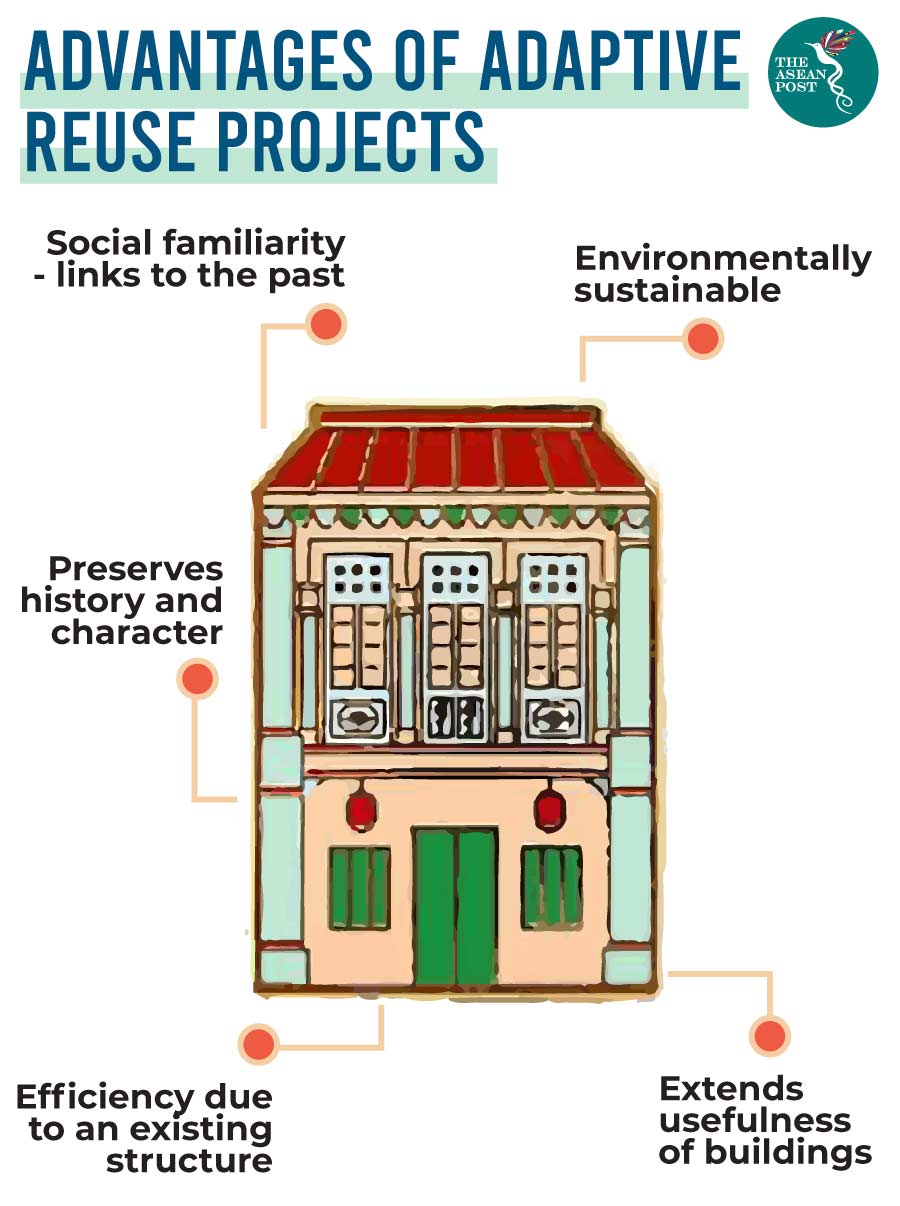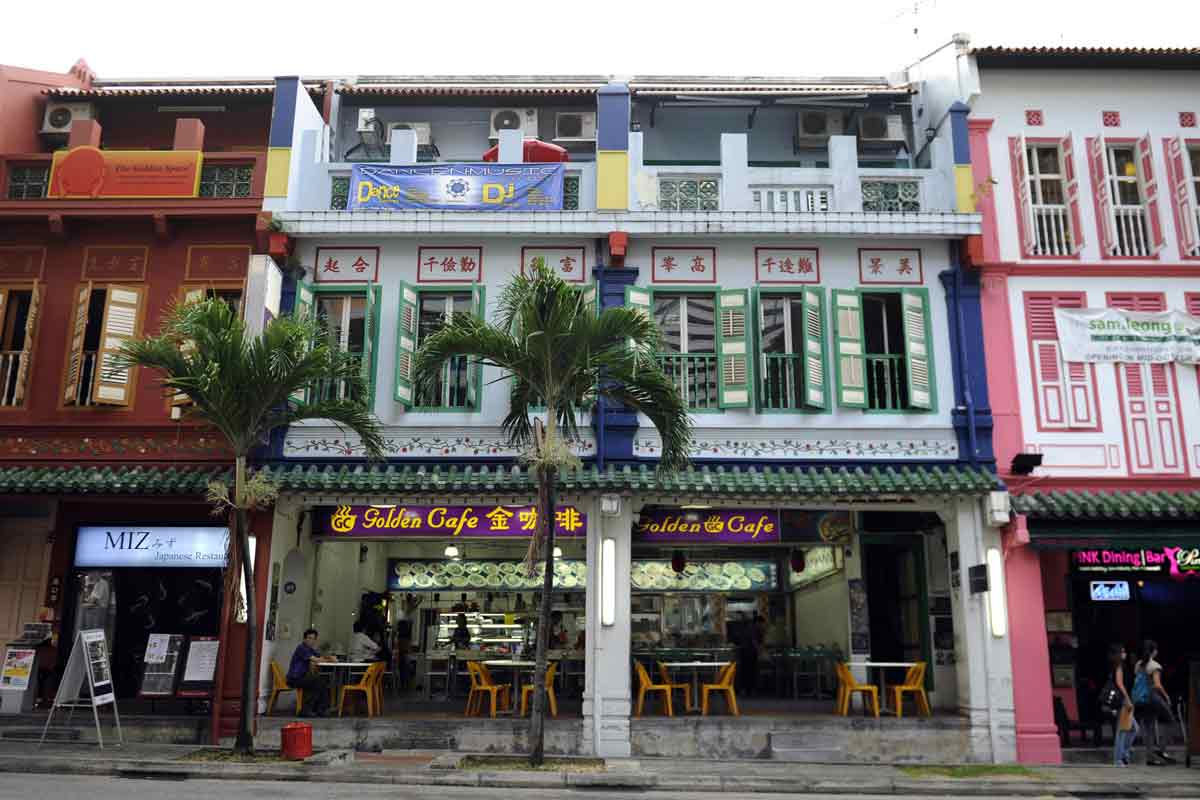Southeast Asia is rapidly developing its cities in anticipation of increasing urban populations by 2025. A report by Knight Frank, a real estate firm, showed that in 2018, Metro Manila added an additional 1.5 million square metres of office space, whereas Bangkok’s general supply of new office space in the same year was at least five million square metres while Phnom Penh, in Cambodia, had 110 condominiums towers. There also was an oversupply of office space in Kuala Lumpur as a result of a large number of developments in 2013 and 2014.
Buildings contribute to global warming, as they use more energy than any other single industry. The building industry accounts for nearly half of all CO2 emissions, as compared to a third from transportation and less than a fifth from factories.
The National Oceanic and Atmospheric Agency (NOAA) reported that CO2 levels have hit historic highs with 415.26 parts per million. “We urgently need to move towards a pollution free planet, to tackle climate change and to drive sustainable development. Technologically and commercially viable solutions exist, but we need stronger policies and partnerships to scale them up rapidly,” said Erik Solheim from the United Nations Environment Programme (UNEP).
Southeast Asia’s development has exacerbated the urban sprawl which has led to increased emissions and habitat destruction.
Capping new developments can increase demand as supply will remain unchanged, but it might increase the price of properties which is unsustainable from a social aspect. Due to growing concerns for the environment, the protection and maintenance of existing buildings have been encouraged through conservation, preservation and adaptation.
Adaptive reuse
Recycling old buildings, or adaptive reuse can extend the usefulness of a building by changing its function while keeping its structure. Overabundance of vacant buildings can drag down property values in an area, and spur vandalism and criminal activities which drains public resources as well as leaves the area less safe. Reusing these vacant buildings can create a sustainable and safe environment within a unique structure with a current purpose.
Adaptive reuse has environmental benefits because it reduces waste by reusing the materials and structure of an existing building, which reduces embodied energy. Energy consumption also decreases as retaining the existing building means there is no need for site excavations.

As a result of its efficiency, adaptive reuse also retains the identity and cultural image of an old city. According to Teoh Chee Keong, a lecturer at the USCI University in Malaysia, architectural conservation is not just about the appreciation for heritage buildings or history. “It’s about nostalgia. Each building represents more than just its market value. It’s about creating a collective memory in a community that recognises a common building,” he said.
Nostalgia evokes memories of the past which in turn provide a connection between the people and the space they occupy.
Extensive research also shows that adaptive reuse can help revitalise and develop locations where it otherwise would be cost prohibitive.
In Malaysia’s capital, Kuala Lumpur, an old cineplex is now repurposed as an event space, called REXKL. The old cinema was previously turned into a hostel in 2007, before a fire broke out and damaged most of its interiors. Co-founders Shin Chang and Shin Tseng, turned the old cinema into a space where entrepreneurs, artists, performers and others can take brief ownership and pour their creative talents at the building. The space is intended for the community to come together and create new pockets of community.
Drawbacks
There are however drawbacks to adaptive reuse in the sense of financial risk, lengthy regulatory processes in complying with building codes and issues related to structural rehabilitation. It can affect the surroundings both, positively and negatively. It can also encourage upgrading of the surrounding areas, but new properties around the reused structure could increase leading to locals being displaced.
With regards to financial risk, the costs associated with reusing existing structures are frequently high and more difficult to predict than new development projects. Maintenance work can also be expensive especially if the structure is too old or fragile.
However, recycling old and vacant buildings is still one of the best ways forward to combat climate change with sustainable development.
Related articles:
